It hasn’t been long since we covered Ekkovision’s Formula 2.1 Pre-Workout Supplement, but it just got… DETHRONED.
Ekkovision DETHRONER: Monstrously Loaded Pre-Workout Supplement
Ekkovision has stepped up the pre-workout supplement arms race on TikTok, where young brands are one-upping each other for the most epic formulas, in true social media style. Formula 2.1 was a massive success, with seven trademarked ingredients, but as you’ll see below, it has nothing on its usurper… the aptly named DETHRONER Pre-Workout supplement.
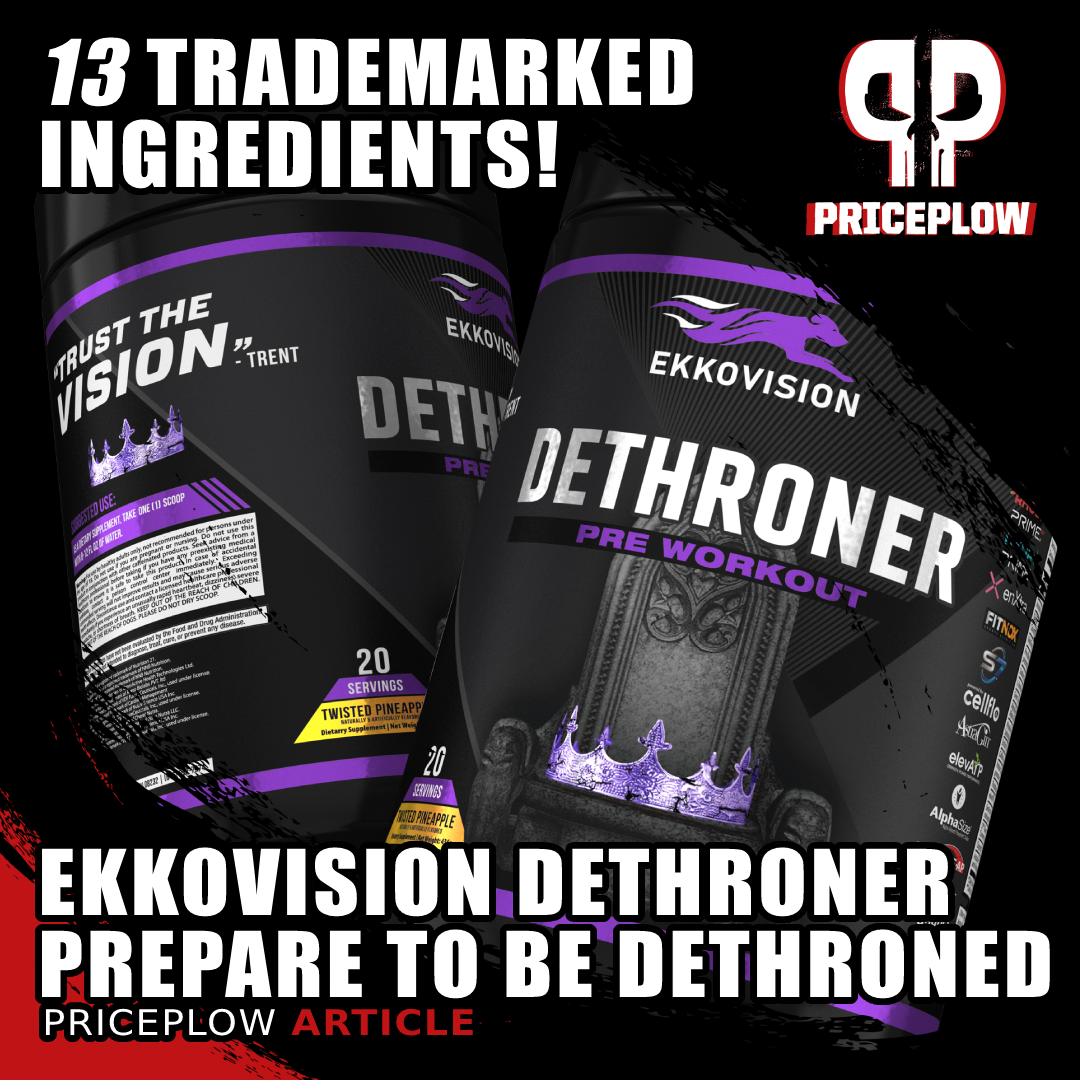
Prepare to be Dethroned — Ekkovision’s DETHRONER pre-workout has 13 trademarked ingredients, including Nutrition21’s Nitrosigine and far, far more!
13 trademarked ingredients and more!
Inside, we have 13 trademarked ingredients, but with a modest 250 milligrams of caffeine and some synergistic, so it’s not going to overwhelm you in order to get those ingredients. Caffeine is paired with some synergistic support ingredients, bringing ridiculous focus and pumps.
This includes a full clinical dose of Nutrition21’s Nitrosigine (nitric oxide support ingredient that can also enhance cognitive function), two NNB Nutrition ingredients (RhodioPrime 6X Rhodiola extract and HydroPrime glycerol), a whopping triple dose of NuLiv Science’s Senactiv supported with AstraGin, and EnXtra to bolster caffeine’s action.
If you’re wondering how each (or any) of these ingredients work, we have a full analysis below. First, let’s see if it’s still available online and show our video:
Ekkovision Dethroner Pre Workout – Deals and Price Drop Alerts
Get Price Alerts
No spam, no scams.
Disclosure: PricePlow relies on pricing from stores with which we have a business relationship. We work hard to keep pricing current, but you may find a better offer.
Posts are sponsored in part by the retailers and/or brands listed on this page.
This area is reserved for Team PricePlow's upcoming Ingredients video.
Subscribe to our channel and sign up for notifications so you catch it when it goes live!
Ekkovision DETHRONER Ingredients
In a single 1-scoop (21.8 g) serving of the DETHRONER pre-workout from EkkoVision, you get the following:
-
L-Citrulline Malate 2:1 – 9,000mg
Citrulline is an amino acid that acts as a nitric oxide (NO) precursor.[1] Although citrulline is non-essential, and your body can make some on its own, supplementing with extra citrulline is the best way to optimize the functioning of your citrulline pathway.
The specific conversion pathway is citrulline —> arginine —> NO.**
Extra NO is a great thing to have before a workout, since it causes vasodilation, a mechanism by which blood vessels expand in diameter to allow better blood flow.
As a result of vasodilation, oxygen and nutrients get delivered to your muscles (and every other cell in your body) more efficiently – and metabolic waste products also get removed more efficiently. The upshot is better athletic performance— particularly endurance— during your workout. And afterward, you’ll recover faster.
Citrulline supplementation has been shown to:
- Increase power by improving oxygen uptake[2]
- Increase athletic endurance by about 50%[3]
- Decrease post-exercise soreness by about 50%[3]
In DETHRONER, EkkoVision uses a form of citrulline that we particularly like: citrulline malate.
As it turns out, the malate half of the molecule comes with benefits of its own. For one thing, malate is an important substrate for the Krebs cycle, one of the major metabolic processes that your cells’ mitochondria use to produce energy for themselves and, hence, your entire body.[4]
Citrulline malate seems particularly good, compared to other citrulline forms, at improving your body’s aerobic respiration, making more energy available to your cells during exercise.[5] That’s partly because of malate-specific effects.
The 2:1 ratio in this ingredient’s name simply means that for every 2 grams of citrulline in DETHRONER, you’re getting 1 gram of malic acid.
In other words, 9,000 milligrams of citrulline malate yields 6,000 milligrams of pure citrulline,[6] which is twice the clinically-validated citrulline dose of 3,000 milligrams. So, suffice it to say, the citrulline dosing here is absolutely on point and should have good efficacy.
**Why not just take arginine instead? As it turns out, arginine is significantly less orally bioavailable than citrulline.[7,8]
Upping the ante: 9 grams instead of 6
The 9-gram serving of citrulline malate is pretty awesome to see at a time when the industry standard for citrulline malate is just 6 grams. The extra 50% of citrulline malate will almost definitely give you better pumps – citrulline is one of those all-star back-to-basics ingredients that we love seeing dosed generously.
This alone is a great reason to consider spending your hard-earned money on DETHRONER. EkkoVision, the team behind the formula, really has their priorities in order. But just wait until you see the rest of the label – we have more nitric oxide to come, thanks to Nitrosigine and others.
-
HydroPrime Glycerol Powder (65%) – 2,000mg
HydroPrime is NNB Nutrition’s designer form of glycerol, the industry’s current go-to osmolyte ingredient, which helps induce a performance-boosting state of cellular hyperhydration.
More Pumps, Less Clumps. After too much clumping and grit from the competition, NNB Nutrition’s HydroPrime is ready for primetime.
Glycerol is a polyol compound, which means it’s technically a kind of sugar that naturally occurs in the human body as a byproduct of cellular production.[9,10] It plays a key role in liver gluconeogenesis,[11] the process of turning protein into glucose.
After ingestion, glycerol is processed by the liver and kidneys before it’s widely distributed throughout the body. It reaches high concentrations in pretty much every human tissue except the brain and eyes[1] – which, as we’ll see, is probably a good thing.
As an osmolyte, glycerol raises the osmotic pressure around cells, which forces higher than normal amounts of water into cells.
Hyperhydration explained
To be more specific, in the process of osmosis, differences in solute concentration across a membrane cause water to move from an area of higher concentration to one of lower concentration.[12] Glycerol itself raises solute concentration, so naturally it pushes water across cellular membranes and into cells.
There are actually two important effects from this: not only do your cells contain more water, but your body as a whole retains more water, which improves hydration.
When it comes to hydration, endurance, cell volumization, and heat tolerance, water is king. And this simple ingredient — glycerol — enables you to hold more water for better performance!
With extra water comes better thermal resistance, extra nutrients, and of course, better hydration – all of which can protect your cells from stress during intense exercise, boosting performance by attenuating the effects of exercise-induced dehydration.[13]
This is what we mean by hyperhydration.
Naturally, glycerol works best when taken with lots of water,[14] so be sure to drink more water than usual when you use DETHRONER.
Why HydroPrime?
The reason we like HydroPrime instead of generic forms of glycerol is that, unfortunately, glycerol has a tendency to clump-up and solidify when stored for any significant period of time, which renders the supplement it contains unusable if it’s allowed to go on long enough.
The other problem is that the generic glycerol market isn’t standardized, meaning the actual yields you get from wholesale glycerol are often lower than manufacturers expect.
HydroPrime solves both problems: it’s designed not to clump, and is rigorously standardized to help ensure that each batch of HydroPrime is the same as the last, and contains approximately 65% glycerol by weight – a pretty high yield for glycerol.
We love HydroPrime so much that we wrote a long-form article about it. Check it out at HydroPrime: Glycerol With More Pumps and Less Clumps.
-
Inositol-Stabilized Arginine Silicate (as Nitrosigine) – 1500mg
Now that we’ve covered citrulline, you’re primed to understand the incredible power of Nitrosigine.
Move over L-arginine, Nitrosigine (inositol-stabilized arginine silicate) actually makes it work as originally desired!
Remember how we said in the footnote to the citrulline section that arginine is hampered by poor oral bioavailability? That’s exactly the problem Nitrosigine, a patented and trademarked ingredient of Nutrition 21, was created to solve.
Nitrosigine is a compounded form of arginine, inositol, and potassium silicate (often abbreviated as ASI).[15]
When these three ingredients are compounded, they consistently and significantly outperform each taken individually. The reason for this is that the inositol and potassium silicate help buffer the arginine from being acted upon by arginase, the enzyme in your stomach that ordinarily breaks down arginine before it can enter your intestines.[16]
The upshot is that this form of arginine is much more bioavailable than pure arginine.[17]
Therefore, unlike pure arginine, Nitrosigine is a consistent NO booster and gives the user all the usual benefits of elevated NO blood levels, which we discussed in the citrulline section above – i.e., increased endurance, accelerated recovery, better strength, power, etc.
Nitrosigine acts fast and its effects last a long time, with Nitrosigine studies showing that NO levels get up a mere 30 minute after ingestion and stay up for up to 6 hours.[18,19]
It’s not just about pumps though:
The cognitive benefits of increasing NO
NO-mediated vasodilation affects every organ in the body, including the brain, which is highly dependent on good circulation for peak function. But even compared to other NO-boosting ingredients, Nitrosigine seems to be particularly good at boosting cognition in several dimensions.
Nitrosigine has been shown to avert the temporarily decrease in cognitive performance that is usually caused by intense exercise.[20] But even in young, healthy men who had not recently exercised, Nitrosigine was able to speed up task switching (multitasking).[21]
A study published in late 2021 found that healthy young adults exhibited increased short-term memory performance when taking 1,500 mg of Nitrosigine, compared to a placebo control.[22]
The research we’ve cited above was all conducted with a 1,500 mg dose of Nitrosigine, which has tacitly been agreed upon as the industry standard dose because of how much it’s been validated in a clinical setting.
-
Taurine – 1500mg
The sulfur-containing amino acid taurine is what’s called a conditionally essential amino acid, which means that your body is capable of making taurine on its own, but only in small amounts. In times of peak metabolic stress, like injury or illness, it’s common for the amount produced by your body to fall short of nutritional requirements.
Naturally concentrated in critical tissues like heart, eye, brain, and muscle tissue,[23] supplemental taurine use is associated with greater muscular power, increased endurance,[24,25] decreased oxidative stress, and better insulin sensitivity.[26]
A nitric oxide booster that improves cognition?! Yes – Nutrition21 passed around this helpful infographic after the Nitrosigine cognition study on healthy young adults was published.[22]
However impressive the physical benefits of taurine may be, the standard use case of supplemental taurine is actually to help improve mood and cognition, which is why big doses are almost always found in mass market energy drinks these days.
Taurine’s effects on the brain can be put down to its neurotransmitter-like properties. It has inhibitory effects on neurons by mimicking GABA at the receptor level,[27-31] helping oppose the action of excitatory neurotransmitters like glutamate.
This makes taurine effectively synergistic with caffeine, which has been shown to upregulate glutamate in the brain.[32] Taking the two compounds together gives you many of caffeine’s upsides while minimizing the biggest downside.
The effect for the user is a deeper state of relaxation,[33] and improved focus, learning, and memory.[34,35]
Taurine is regarded as anxiolytic – anti-anxiety – by researchers, and has even been used to help manage clinical anxiety.[36-38]
Doses of just 1,000 milligrams have been validated as efficacious in the research literature,[25] so we’re pretty happy to see 50% more than that being dosed here. It will definitely get results.
-
Coconut Water Powder (Cocos nucifera L.)(Fruit) – 1,000mg
If you’re working hard in the gym there’s no way around it, you’re gonna sweat. And unfortunately, when you sweat, you lose electrolyte minerals that are crucial for proper metabolic function.
Fortunately, though, replenishing those electrolytes is easy. All you have to do is take a supplement like coconut water—here blended up as a powder— which naturally contains many of the electrolytes your body craves after a hard workout.[39]
If you’re eating a very low carb diet to get shredded or stay lean, this problem is especially acute – cutting carbs actually intensifies electrolyte loss, so you may be in extra need of electrolyte supplementation.[40]
In a way, taking this is almost like consuming powdered spring water, but better, because coconut water generally has more potassium.
-
VasoDrive-AP (casein hydrolysate) – 1,000mg
VasoDrive-AP is a blend of two specific milk proteins that are derived from the casein fraction of whole milk: isoleucyl-prolyl-proline (IPP) and valyl-prolyl-proline (VPP). VasoDrive is similar in its effects to nitric oxide (NO) booster ingredients, but acts by a very different mechanism of action.
Instead of increasing vasodilation by upregulating NO, VasoDrive decreases vasoconstriction (the opposite of vasodilation) by blocking the action of an enzyme called angiotensin-converting enzyme (ACE).[41]
Preliminary research indicates that VasoDrive is very much capable of punching in the same weight class as more traditional NO boosters – people who take VasoDrive have been shown to experience significant reductions in blood pressure, on par with what you’d expect from something like citrulline.[41]
We really like seeing this ingredient paired with NO boosters like citrulline malate – the combination of increasing vasodilation while decreasing vasoconstriction can have awesome synergistic effects on your pump.
More importantly, things like this show that EkkoVision really understands the science behind their formula, and they’re not just cobbling together whatever ingredients are in vogue at the moment.
-
Pine Bark Extract 95% (Pinus pinaster)(Bark) – 500mg
Next we have another ingredient in the DETHRONER circulation stack: pine bark extract, which, like citrulline malate, is an incredibly potent nitric oxide (NO) booster.
Pine bark is full of powerful phenolic antioxidant compounds,[42,43] which upregulate an enzyme called endothelial nitric oxide synthase (eNOS)[42,43] that’s responsible for generating NO in your arteries. Put simply, more eNOS activity means more NO and more vasodilation.[44]
The cardiovascular benefit of pine bark infusions and tinctures was recognized many thousands of years ago and in various parts of the world. It has been used as a folk remedy for things like “blood stasis,”[42,43] and has been shown to have broad cardioprotective effects.[42,43]
Pine bark extracts might even be capable of reducing chronic inflammation to the point of decreasing a person’s risk of neurological problems.[43]
-
Sodium Chloride (as Pink Himalayan Sea Salt) – 500mg
Some readers may be surprised to find a significant dose of salt in a pre-workout, since high sodium intakes are popularly associated with vasoconstriction and higher blood pressure.
And it’s worth addressing those concerns because 500 milligrams is a decently large amount of salt.
The first thing to notice about pink Himalayan salt is that it contains a lot more than just sodium – you’ll also get some magnesium, potassium, and calcium to help keep your mineral ratios balanced It’s the main reason why pink Himlayan salt has been gaining popularity as an electrolyte replenisher.
Ultimately, we need all of these minerals – including sodium – to perform at peak capacity during workouts. The basic reason for this is that muscles can’t contract at full force without an ample supply of electrolytes.[45]
And of course, if you’re about to work out really hard, you’ll probably sweat, which eliminates significant amounts of sodium from your system. Failing to replace the sodium you’ve lost in sweat can impair performance and recovery.[46]
But most importantly, evidence has emerged in recent years that the harm associated with “high” sodium intakes may have been overstated.
Although the Dietary Guidelines for Americans, established by the USDA, recommend that we eat no more than 2,300 milligrams of sodium per day, recent research reviews have found that, based on the data we have up to this point, there may actually be a J-shaped mortality curve associated with dietary sodium (not salt!), with the least risk of cardiovascular disease actually occurring at sodium intakes between 3 and 5 grams per day.[47]
Furthermore, the negative effects of consuming more than 5 grams of sodium per day appear to be confined to those with pre-existing hypertension[47] – and, of course, there are other factors in your blood pressure besides just the amount of sodium you take in daily.
Athletes who sweat a lot may wish to hit the upper end of that intake, considering how much sodium you’re likely to lose through sweat. But as always, talk to your doctor if you aren’t sure how much sodium you should be eating.
We wrote a whole article on the subject of athletes and sodium supplementation, so if you want to learn more about this, please go read “The Importance of Salt in the Athlete’s Diet”.[46]
-
L-Ornithine – 1,000mg
Ornithine is a metabolite of citrulline, the first ingredient we covered in this article.
It helps reduce levels of ammonia in your muscles, which is desirable since ammonia is a toxic metabolic waste product that impairs muscle function and causes fatigue as it accumulates in muscle tissue.[48] The problem, of course, is that exercise itself generates ammonia,[49] so giving your body some extra detoxification support can ultimately benefit performance and recovery.
Ammonia can produce brain fatigue as well, so supplementing with ornithine can improve athletic performance and overall energy levels.[48,50]
-
Green Tea (Camellia sinensis) Leaf Extract (Cellflo6) – 300mg
The more research comes out about green tea, the more it seems like it’s as close to a panacea for human health as we’re ever going to get. The extracts of green tea are great, too, and have been studied extensively for their potential therapeutic value.
So far, green tea extract supplementation has been associated with:
Green Tea offers multiple powerful catechins, including EGCG. This one may increase fat oxidation, and thus, enhance fat loss!
- Increased fat burning and fat loss[49]
- Better circulation[51]
- Higher insulin sensitivity[52,53]
- Reduced blood pressure[54]
- Stronger feeling of overall well-being[54]
For certain types of athletes, there’s another property of green tea extracts that may be of particular interest: its ability to help support liver health and de-fat the human liver.
In one study from 2016, people who took 500 milligrams of green tea extract for 90 days had much lower liver enzymes by the end of the study period,[55] indicating an improvement in liver function.
The catechin antioxidants in tea also seem to be good at improving non-alcoholic fatty liver disease (NAFLD), as shown by a study where subjects who took catechins had significantly lower levels of inflammation and fatty tissue in their livers by the end of the study.[56]
-
AlphaSize Alpha Glycerylphosphorylcholine – 300mg
Alpha-Glycerylphosphorylcholine – which you can call alpha GPC for short, because who wants to say all that – is a special form of the essential B-vitamin choline.
Posted to our stories — follow @PricePlow on Instagram!
The big thing about alpha-GPC is it’s a growth hormone secretagogue,[57] helping boost blood levels of the all-important human growth hormone in those who supplement with it. Since growth hormone promotes muscle gains,[58,59] particularly in the lower body,[60] the value of having alpha-GPC in a pre-workout is pretty obvious, and is a particularly great thing to take before leg day.
More generally, choline is absolutely crucial for human health. Perhaps its most important function in the human body is to act as a building block for cellular phospholipid membranes, the fatty envelope that encloses the contents of all your cells and keeps toxins out while keeping nutrients in.[61]
Choline is also required for acetylcholine production, a neurotransmitter that facilitates communication between neurons and is famously involved in learning and memory consolidation.[62] We say “famous” because acetylcholine boosters have been very much in vogue during the biohacker craze of the 2010s, for the simple reason that they work. And the more choline you consume, the more acetylcholine your body can produce.
Acetylcholine may be famous for boosting mental cognitive skills, but more and more attention has been drawn lately to the way it can affect physical or kinesiological skills as well, specifically balance and coordination.[63,64] As both are obviously great things to boost before a workout, we’re seeing acetylcholine precursors used to a greater and greater extent in pre-workout formulas like DETHRONER, and customer feedback on this trend has been pretty good so far.
Alpha-GPC is our preferred form of choline because of two main facts, a) it’s extremely bioavailable and b) it’s able to cross the blood-brain barrier,[65] which means it can have a much greater impact on acetylcholine production than other forms of choline.
-
RhodioPrime 6X Rhodiola Extract (6% salidrosides) – 200mg
There are two popular varieties of Rhodiola used by supplement manufacturers today – Rhodiola rosea and Rhodiola crenulata. These two plants are broadly similar, but differ in one major respect.
At 6% salidroside, NNB Nutrition’s RhodioPrime is the best way to feel the serious power of this wonderful herb!
Whereas Rhodiola rosea – the more popular variety of Rhodiola – has a naturally high concentration of rosavin and salidroside, the concentrations of salidroside in Rhodiola crenulata is much higher.[66,67]
The reason that rosea has been used more is that up until recently, it was generally believed that the rosavins were responsible for the Rhodiola plants’ beneficial effects. Recent evidence, however, seems to indicate the rosavins are what we really want.[68,69]
This is where RhodioPrime from NNB Nutrition comes in. As it’s sourced from Rhodiola crenulata, NNB has standardized it for an incredible 6% salidroside by weight, compared to the 1% salidroside that you typically see from rosea extracts.
The benefits of salidrosides
Current scientific evidence indicates that salidrosides can:
- Facilitate memory consolidation[67]
- Upregulate autophagy, a process of cellular rejuvenation[70]
- Increase cellular oxygen uptake[71]
- Increase dopamine, adrenaline, noradrenaline, and serotonin[72]
- Inhibit monoamine oxidase (MOA), an enzyme that degrades neurotransmitters[73]
- Increase neuropeptide Y[70]
The ultimate result of all this salidroside activity is:
- Better cognition[74]
- Decreased anxiety and stress[75]
- Improved mood[75]
- Fewer depressive symptoms[76]
- Lower levels of mental and physical fatigue[77,78]
- Better athletic performance[79]
- Appetite suppression[80]
- Better glucose tolerance[81]
We’re seeing RhodioPrime used more and more in pre-workout formulas to help control cortisol and take the edge off the high-dose stimulants typically used in those products.But as you can see, there are tons of other benefits as well.
We actually wrote a comprehensive article about RhodioPrime, Rhodiola: The Salidroside-Powered Adaptogen of the Vikings and NNB RhodioPrime 6X: The Strongest Rhodiola Extract (6% Salidroside).
-
enXtra (Alpinia galanga extract) – 300mg
Alpinia galanga belongs to the Zingiberaceae family of plants. Other members of this family include the anti-oxidant and anti-inflammatory powerhouses, ginger and turmeric. Alpinia has much in common with these two cousins and has been shown to possess strong antioxidant, anti-inflammatory, and neuroprotective properties.[82,83]
New research is showing that rhodiola extracts high in salidroside are the ones with the most potential… so why do so many supplements have such terrible standardizations? With RhodioPrime 6X, that all changes…
There’s one intriguing difference though: Alpinia seems to have psychoactive effects that are not shared by ginger and turmeric. These effects are what the enXtra extract was formulated to take advantage of.
A 2017 study published in the Journal of the American College of Nutrition actually focused on enXtra specifically. In this double blind, placebo-controlled study with human subjects, participants were randomized to one of four groups: placebo, enXtra, caffeine, and then finally, the fourth group received enXtra and caffeine in combination.
Participants then had their cognitive function and alertness assessed by a series of tests at one, three, and five hours after receiving their group’s prescribed treatment.
All three groups that received an active treatment showed significantly more alertness one hour after ingestion – which is not a shocker. The group that got only caffeine actually had a lower level of alertness three hours after ingestion[84] – which may not come as a surprise to anyone who’s gone through caffeine withdrawals before – but the group who took caffeine and enXtra had about the same level of alertness.[84]
The really interesting thing, though, was that the group who got only enXtra had a higher level of alertness across the entire study period.[84] When you put this together with the result from the caffeine and enXtra group, it appears that enXtra can both independently raise alertness and also work synergistically with caffeine to help avert the worst caffeine withdrawal symptoms.[84,85]
In other words, enXtra is a great ingredient to combine with the 250 milligrams of caffeine that in DETHRONER from EkkoVision.
-
Caffeine anhydrous – 250mg
Has any supplement been studied more extensively than caffeine? This psychoactive compound is capable of crossing the brain-blood barrier, where it can have profound effects on mood, cognition, and even physical performance.[86]
The reason most of us reach for that cup of Joe in the morning is that the caffeine in coffee prevents adenosine from binding to its receptors in the brain, which prevents adenosine buildup from causing fatigue and boosts neural activity – even when the brain is subjected to stress and lack of sleep.[87]
What most people don’t realize is that caffeine isn’t just a psychoactive drug. It also has significant effects on human metabolic function.
For example, it inhibits phosphodiesterase,[88,89] an enzyme responsible for degrading a messenger molecule called cyclic adenosine monophosphate (cAMP)[88,89] that signals your body to start burning sugars and fatty acids for energy. cAMP is central to metabolic function, so upregulating cAMP increases your body’s metabolic rate.[90]
Amazingly, caffeine use has been shown to increase the amount of fat your body burns by a huge 50%,[91] which is one reason why you see it used in fat burner stacks and in pre-workouts, like DETHRONER.
More fat burning (and carb burning) due to cAMP upregulation means more energy is available to your body for a workout, which is why caffeine is classified as an ergogenic aid that can enhance athletic performance. In fact, research shows that caffeine consumption can even increase strength, endurance, and power.[92]
And finally, besides just fighting fatigue, caffeine has been shown to confer significant nootropic benefits. Judicious caffeine use can quicken your reactions,[93] focus your attention,[93,94] and make you more alert.[94] Caffeine can also enlarge a person’s working memory,[95] which is the main determinant of fluid intelligence and decreases as we get older.[95]
What’s special here is the dose – usually you need a lot of caffeine to get this much pump. Not here! 250 milligrams is plenty for almost everyone – but we’re about to potentiate it even more:
-
FitNox® (as Moringa oleifera Leaf Extract, Punica granatum Extract & Kaempferia parviflora Extract) – 250mg
FitNox has been shown to express some significant performance benefits! Image courtesy Glanbia Nutritionals
FitNox from Glanbia Nutritionals is comprised of three botanical blends that were chosen because of their complementary effects on nitric oxide (NO) production.
For example, one study from 2018 concluded that a one-time FitNox dose of 250 milligrams can increase NO levels by an incredible 336% for 10 hours or more.[96]
In another study, a daily 250-milligram dose of FitNox for 22 days not only increased subjects’ NO levels, but also increased their time to exhaustion during physical exercise and decreased their levels of certain compounds responsible for causing muscular fatigue.[97] Their dopamine levels also increased,[97] which is great for motivation and focus.
FitNox works by upregulating nitric oxide synthase, the enzyme that your body uses to produce NO.
-
Theobromine – 200mg
Another great ingredient for synergizing with caffeine is the methylxanthine theobromine. As caffeine is also a methylxanthine (a category of alkaloid), this can both explain and give you some idea of the similarity between the two compounds.
Much like caffeine, theobromine helps your body burn more fat and more calories overall, and also has ergogenic and nootropic effects. Theobromine’s effects are milder though, and both come on more slowly and last longer. The upshot is that theobromine won’t cause as dramatic a withdrawal crash when it wears off.
Research on theobromine has shown it has appetite suppressant, anti-inflammatory, and cardioprotective effects.[98,99]
Theobromine occurs naturally in chocolate, and is often cited as one of the main reasons for dark chocolate’s putative health benefits.
-
ElevATP (ancient peat extract and apple extract) – 150mg
ElevATP is designed to increase your body’s production of adenosine triphosphate (ATP),[100] the molecule that serves as your body’s energy currency.
ATP is the gas to your body’s engine, so having lots of ATP means that your cells have lots of usable energy to do stuff with. On the other hand, if you don’t have enough ATP to cover your metabolism’s requirements, then your metabolism might slow down.
Mild deficiencies of ATP might make you feel tired or unmotivated. If an ATP deficiency is severe, it can seriously compromise the function of your cells and hence your organs, and ultimately the health of your entire body. A 2019 review of ATP research, published by the journal, Frontiers in Pharmacology, concluded that ATP deficiency can cause serious, potentially fatal illness.[101]
ATP levels are something you should really take seriously, otherwise your body’s engine might run out of gas.
So what happens if we have extra ATP?
A 2016 placebo-controlled study showed that subjects who took 150 milligrams of ElevATP for eight weeks had significantly greater strength on barbell squats and deadlifts, by the end of the study period.[102] Additionally, their vertical jump speed and power improved.[102]
Fortunately, EkkoVision opted to use this clinically-validated dose of ElevATP in DETHRONER.
-
SenActiv (Panax notoginseng (root) and Rosa roxburghii (fruit) Extracts) – 150mg
Huge dose alert: This is triple of what we normally see!
SenActiv from NuLiv Science is what we call a senolytic agent, meaning that it helps break down old, dead, or dying cells, also known as senescent cells.
This comes with numerous health benefits – senescent cells are metabolic dead weight, taking up precious metabolic resources, at best, and actually impairing organ function, at worst. Senactiv helps stimulate a process called autophagy, in which your body can actually recycle these senescent cells and replace them with new, youthful ones.
Multiple studies have been conducted on the bioactive constituents of Senactiv.[71-76]
In one randomized, double-blind, placebo-controlled study, which is the most rigorous type of study design, subjects who supplemented with the ginseng-derived bioactive constituent of SenActiv immediately before exercise had lower levels of muscle damage, faster glycogen replacement, and decreased inflammation upon the conclusion of their workout, compared to those who got the placebo.[103]
Their VO2max was also observed to increase by an astounding 20%.[103]
We actually wrote a whole article about this ingredient, so if you’re curious to know more, please read NuLiv Science: Regenerate Senescent Cells and Perform Better. The long story short is that this is a feel-good ingredient that seems to have some incredible endurance benefits… at a third of this dose! What will 150 milligrams feel like? We can’t wait to find out, but our guess is that it’d leave you “light on your feet”.
-
S7 (Green Coffee Bean Extract, Green Tea Extract, Turmeric Extract, Tart Cherry, Blueberry, Broccoli, Kale) – 50mg
S7 is a blend of botanical extracts from plants you’ll likely find familiar. The S7 blend is incredibly high in bioactive constituents, consisting of 3% curcumin, 30% catechins, and 60% polyphenols by weight!
Only 250 milligrams of caffeine makes both Dethroner and Formula 2.1 very accessible to the majority of users
Polyphenols and catechins are particularly beneficial types of antioxidants, widely considered to be the cause of health benefits that come with tea consumption.[104]
One S7 study found that it’s capable of increasing nitric oxide (NO) bioavailability by up to 230%.[105] Higher bioavailability means that more of the NO your body produces is actually used, so this is functionally the same as raising your blood-NO levels.
Combined with the hefty dose of NO-boosting citrulline that kicked off this formula, S7 is going to send your vasodilation and pumps through the roof.
-
CognetiQ Coffee (Coffea arabica) Fruit Extract – 100mg
Coffee fruit extracts often appear in nootropic formulas because of their ability to increase the expression of a protein called brain-derived neurotrophic factor (BDNF), which can improve learning and memory by acting as a kind of “brain fertilizer.” They help new neurons grow, survive, and ultimately thrive in specific regions of the adult human brain.[106]
Research consistently shows a direct correlation between the amount of BDNF in a person’s brain and their cognitive function.[107] Exceptionally high levels of BDNF may even protect the brain against toxic insults and neurodegenerative illnesses.[107,108]
On the other hand, low levels of BDNF seems to increase a person’s risk of a neurodegenerative illness.[108]
In one study, coffee-fruit extract was observed to increase BDNF levels by almost 150%.[108]
-
AstraGin (Astragalus membranaceus and Panax notoginseng) Root Extracts – 50mg
AstraGin is an ATP-boosting ingredient with one crucial localized effect: by increasing the amount of ATP available to intestinal cells, AstraGin can increase the ability of those cells to absorb nutrients.
Research shows that AstraGin can increase the absorption of pretty much anything you ingest – amino acids, minerals, vitamins, you name it.[109-116]
The Astragalus Membranaceus plant, which supplies about half of the bioactive constituents in AstraGin, has been used in traditional Chinese medicine to increase lifespan for thousands of years. More recent research has shown that Astragalus actually increases health span in animals.[117]
Panax notoginseng, the other half of AstraGin, has a similar history and similar use case, and has been shown to extend life span in the roundworm, C. elegans.[118]
Flavors available
How do you flavor such a monster? Ekkovision’s on the job for you:
Well, that was fun
Now that is a hugely loaded pre-workout supplement, and one that’s not loaded with just a cocktail of stimulants. It’s hard to describe what this will even be like, since there’s so much going on here.
Energy — but not too much energy — focus, pumps, endurance. But no annoyance — two things you’ll notice here is that there’s no beta-alanine and no yohimbine/rauwolfia ingredients.
Trust the Vision: Are you ready to Dethrone – or will you get Dethroned?
Ekkovision Dethroner Pre Workout – Deals and Price Drop Alerts
Get Price Alerts
No spam, no scams.
Disclosure: PricePlow relies on pricing from stores with which we have a business relationship. We work hard to keep pricing current, but you may find a better offer.
Posts are sponsored in part by the retailers and/or brands listed on this page.
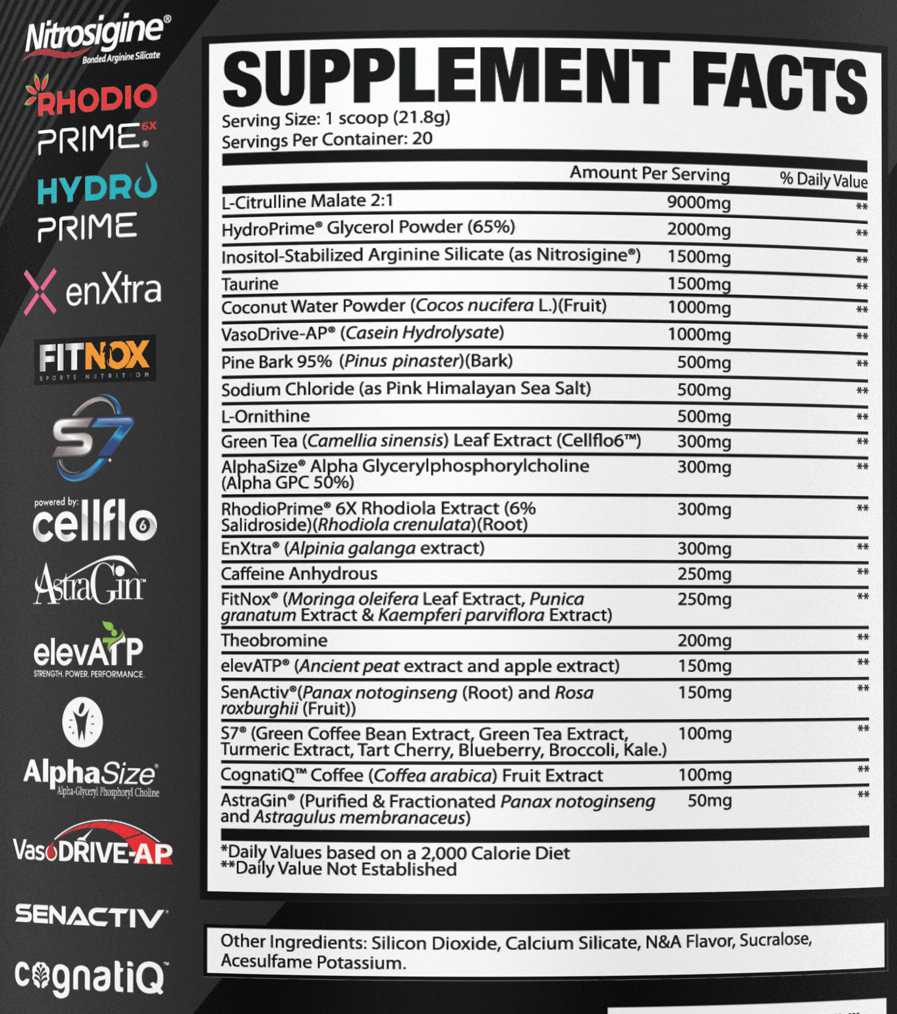
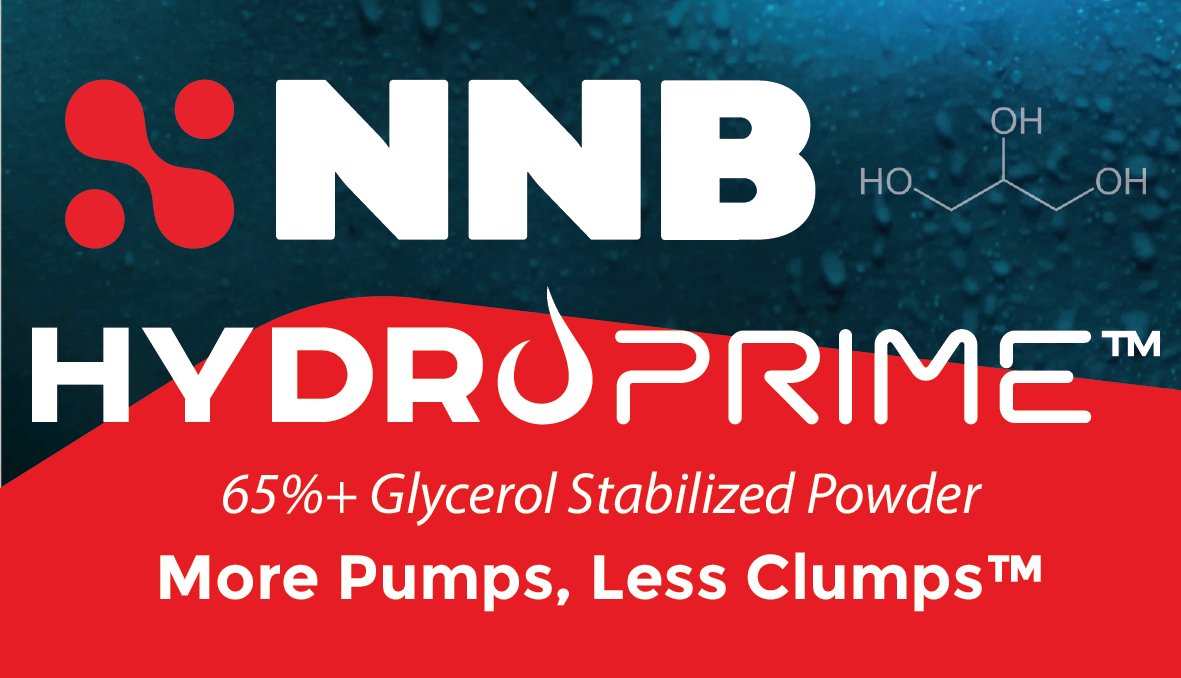
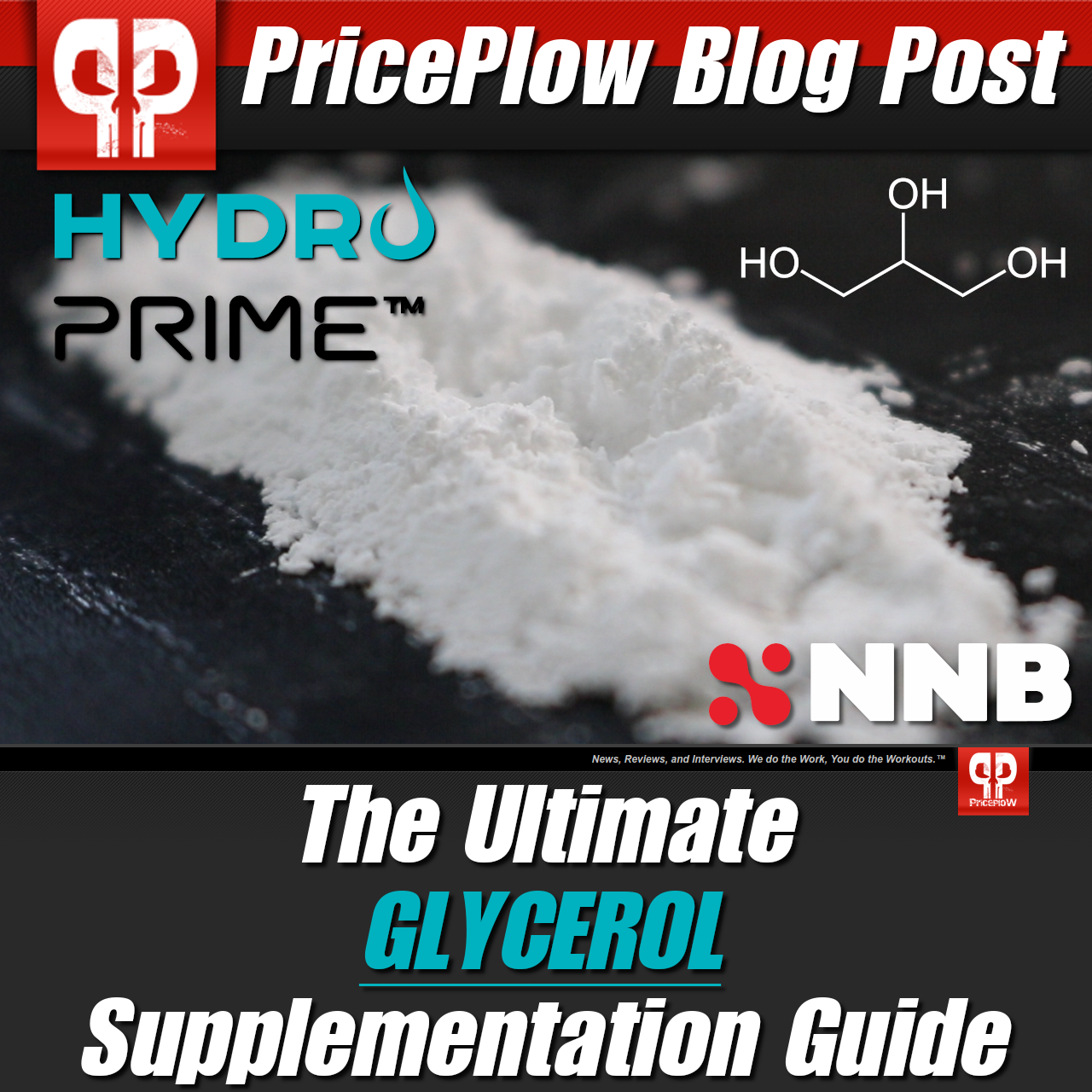


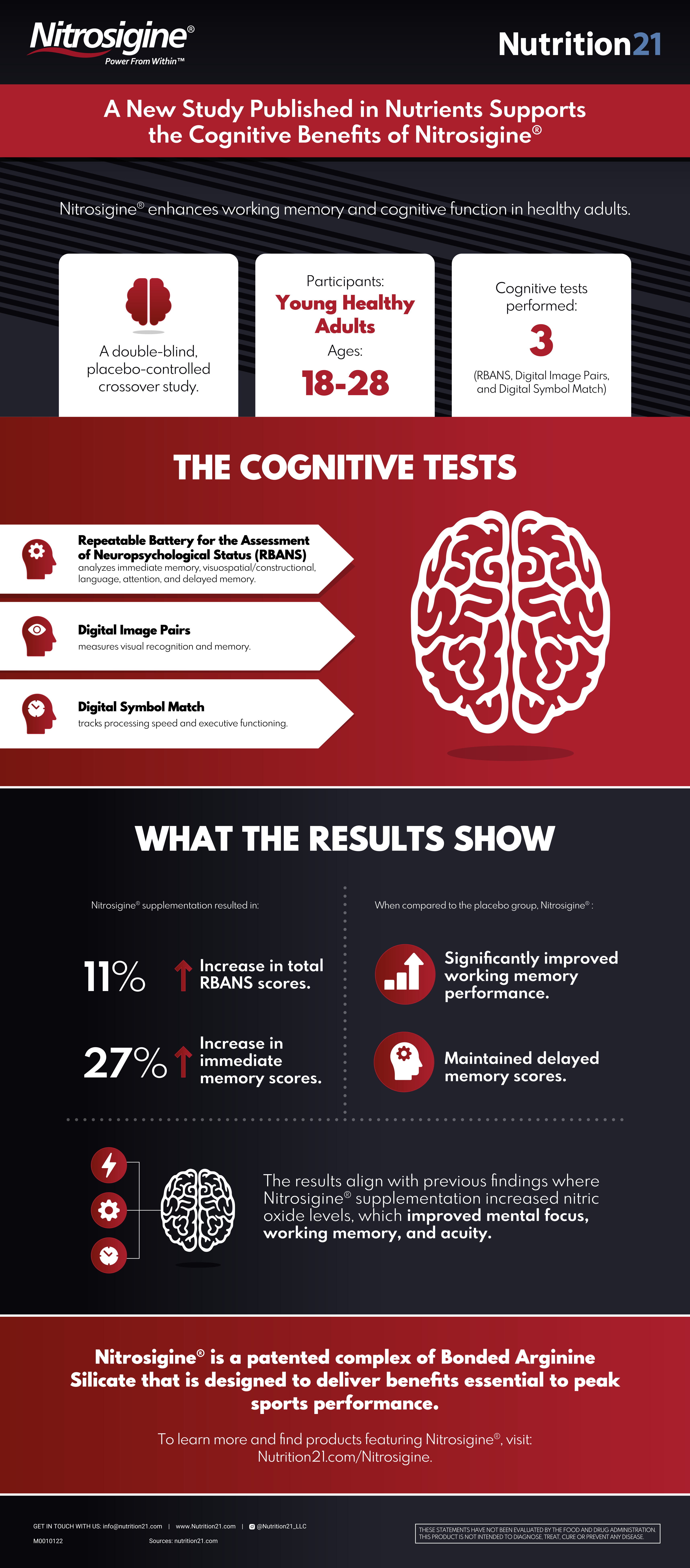
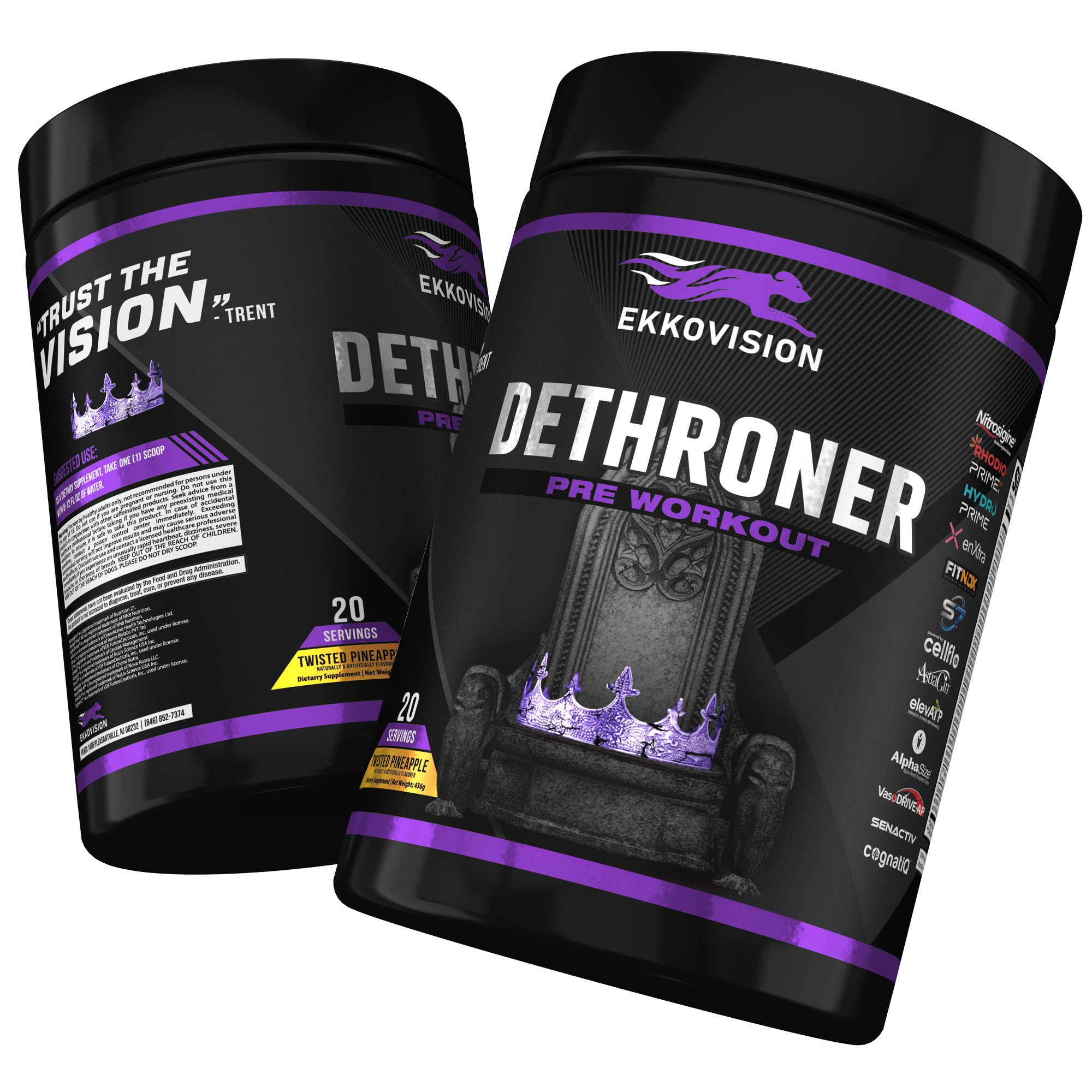
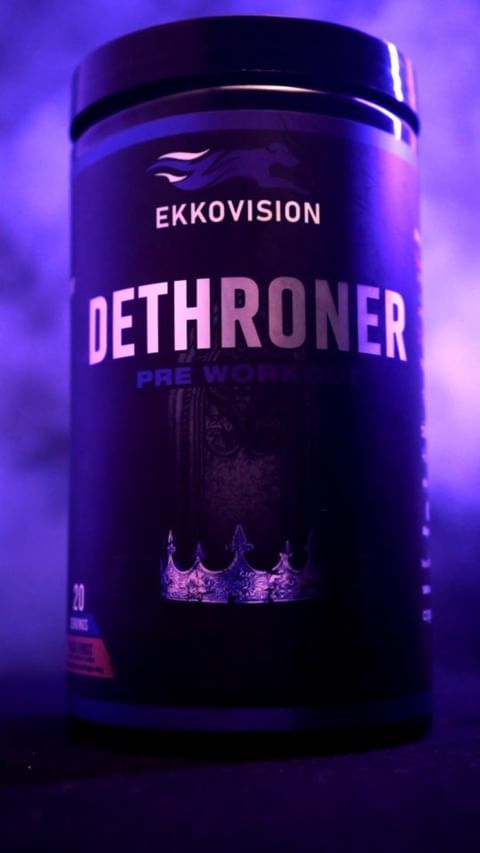
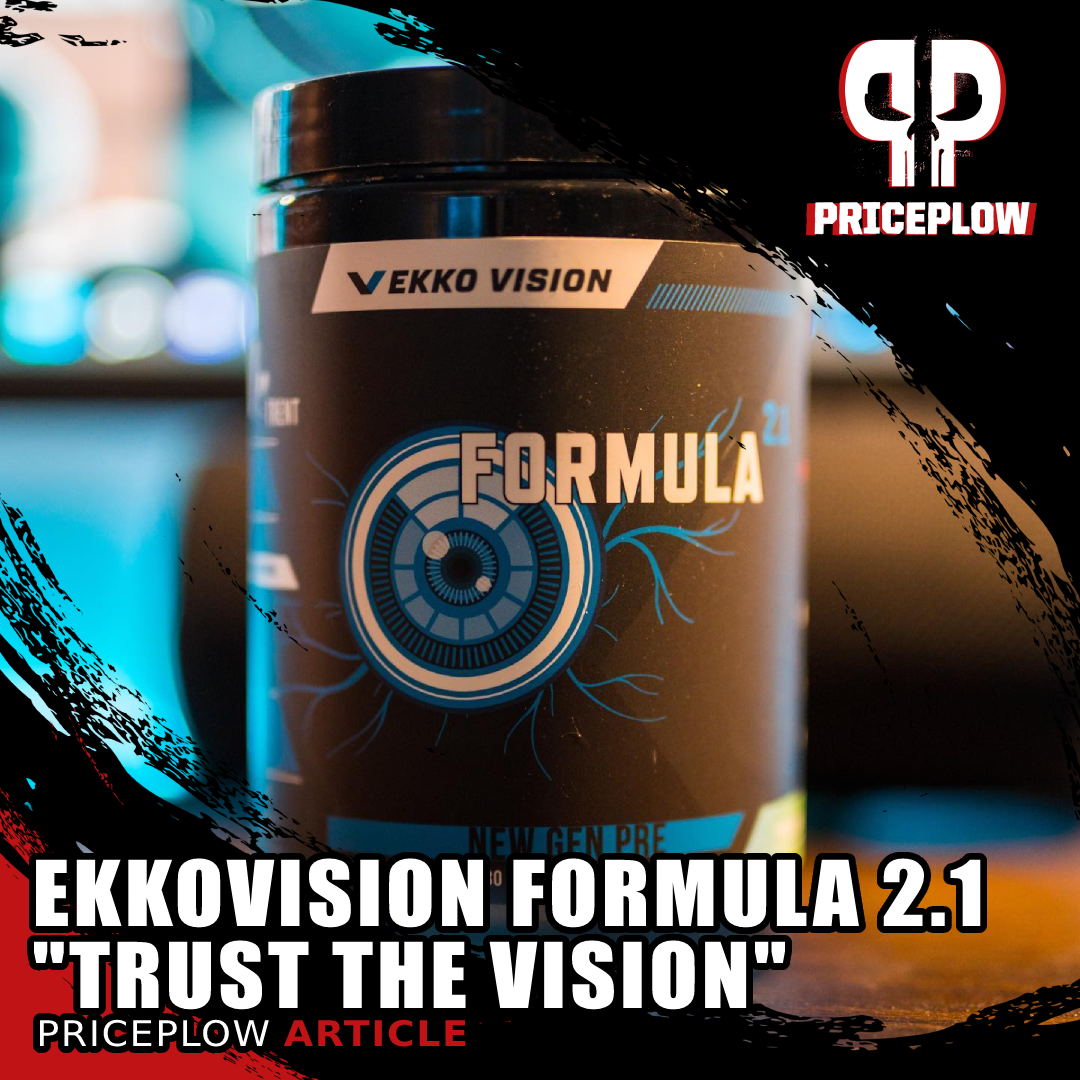
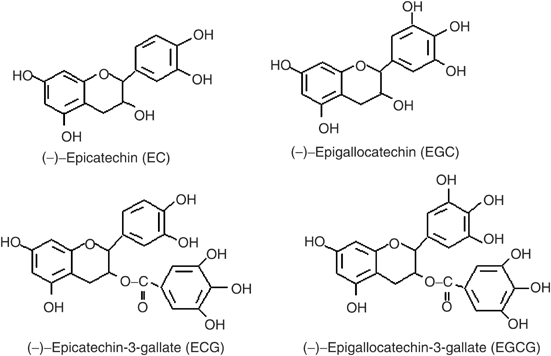
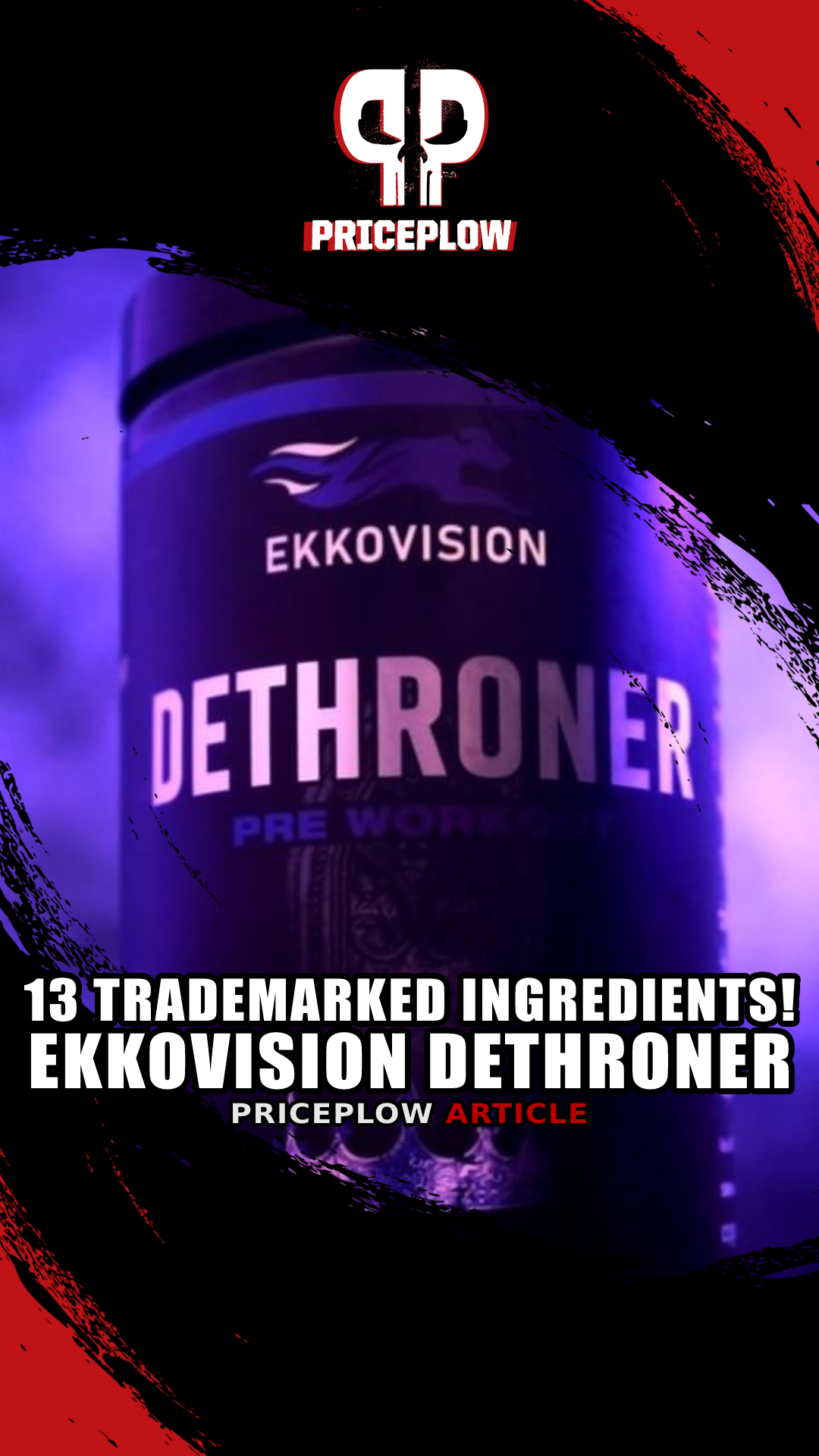
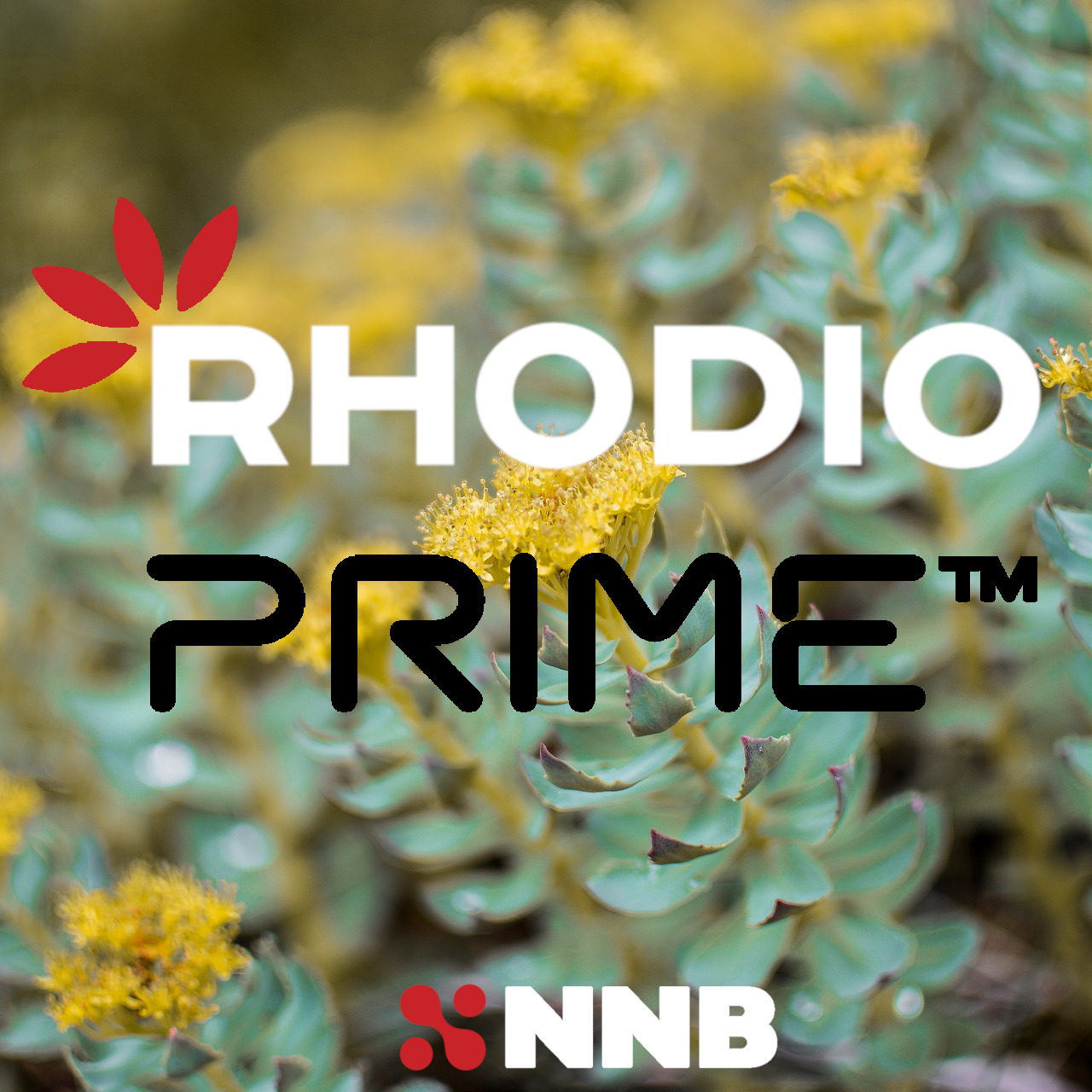
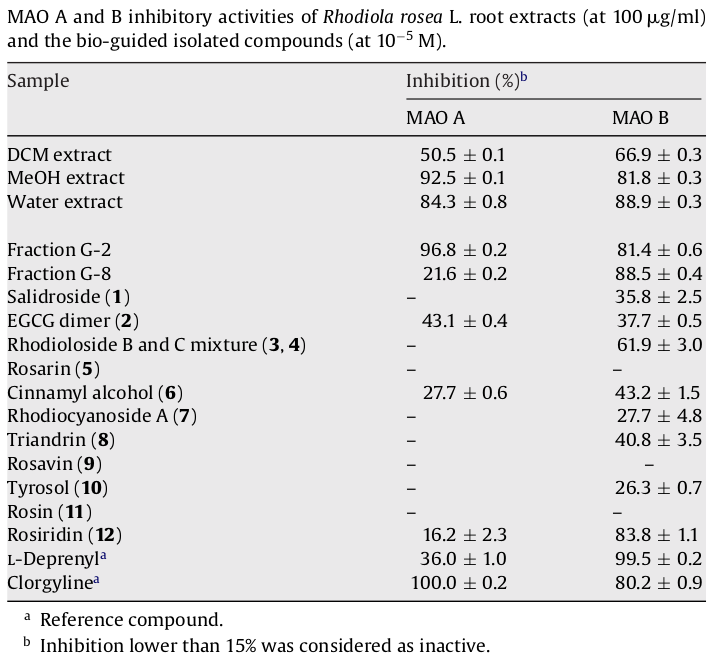
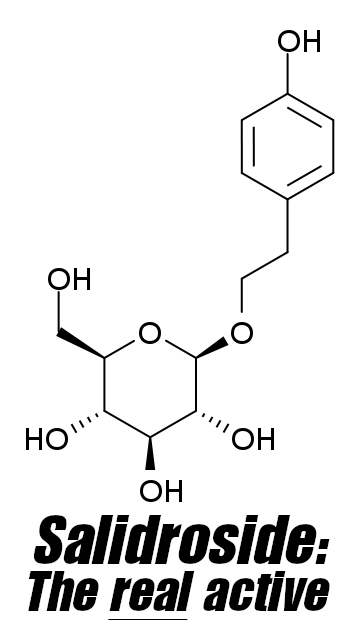

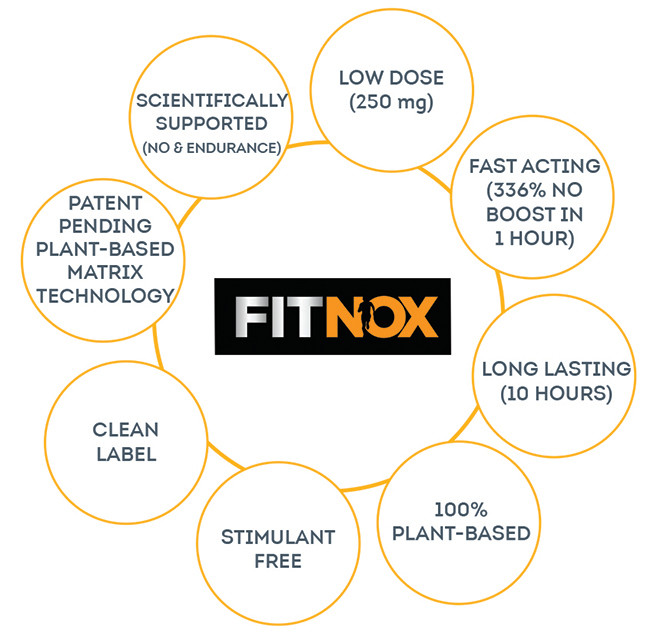
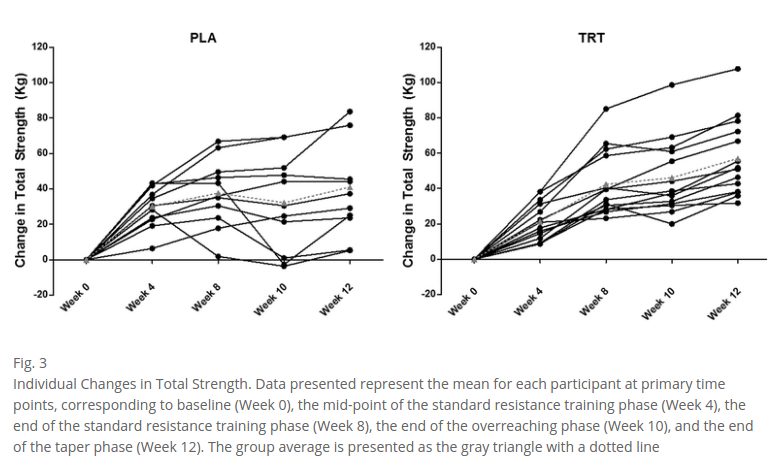
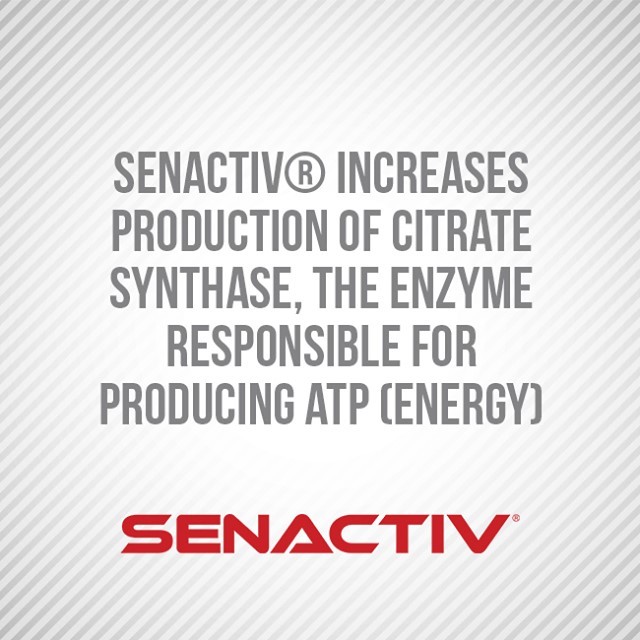
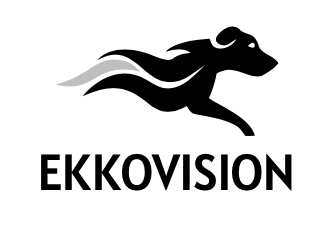



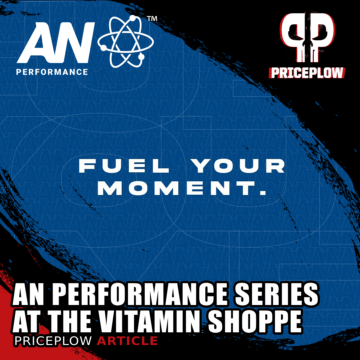

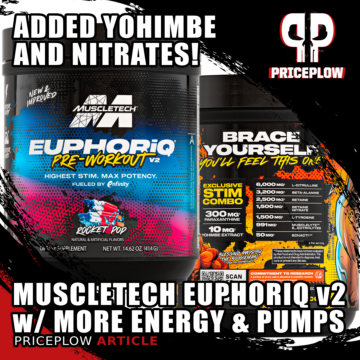
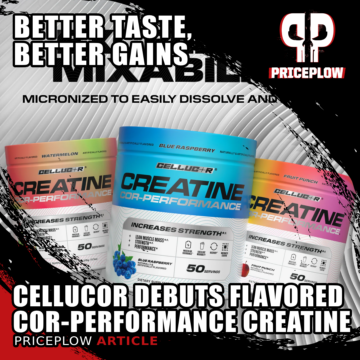
Comments and Discussion (Powered by the PricePlow Forum)